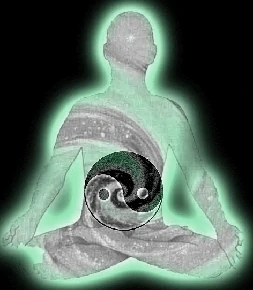Physiology of Tai Chi & Qi Gong
Dr. Roger Jahnke, of The Institute of Integral Qigong and Tai Chi, shares Eastern medicine as interpreted for the Western approach to medicine. What is Qi? Can it be explained in terms of functionality for Western science? In the video below, Dr. Jahnke proposes that the Eastern concept of Qi is the equivalent of the combined functionality of blood, bones, fluids, organs, and nerves.
All the body’s systems interact with each other using chemical reactions. The bones and connective tissues support shape and movement of the body. Body fluids, the lymphatic system and interstitial fluids, provide the foundation of the elimination system for body wastes. The nervous system supports or restrains body functions. Organs are focal for interactivity of Qi with all the systems. Qi provides the energy channel through which the systems interact.
According to Dr. Jahnke, the current Western definition of Qi is the interaction of chemicals in any of the body’s systems.
“Breath, movement, mind focus and self-massage all combine to enhance the efficiency of inner chemical activities. Body functions and interactions are enhanced in the state of alert Qi.” The Relaxation response generated by Qigong and Tai Chi enhances the capacity for functional renewal and restoration–even in the telomeres of the DNA.
Dr. Jahnke offers food for thought: Can we actually feel the Qi pulsing through our body? Does the Qi field extend from the internal to the external? Are we connected to the energy of the whole universe?

